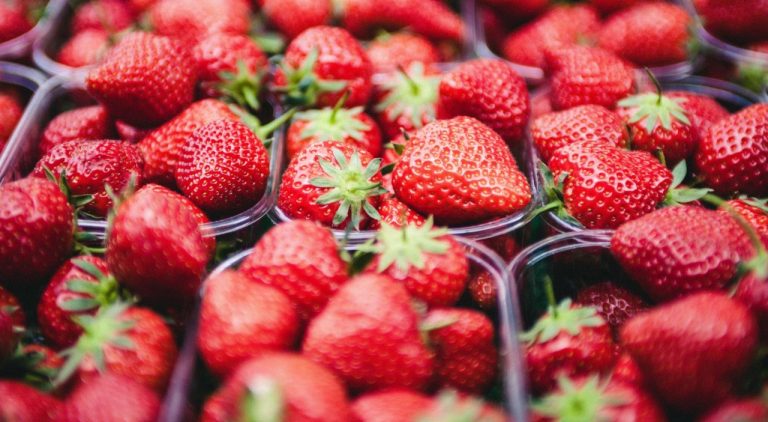Food price perception can depend on whether it is measured in imperial or metric, according to new Concordia research

The price of food is on everyone’s mind these days. Baked goods, fruit and vegetables, meat – they’ve all gone way up over the past year, and prices are expected to continue rising the rest of 2023.
As consumers pay closer attention to how they spend, they should be aware that some prices in grocery stores may not be quite the bargain they seem. One strategy noticed by a team of Concordia researchers involves pricing units of certain goods in pounds or kilograms.
In a new paper published in the Canadian Journal of Administrative Sciences, the researchers reveal that consumers pay far more attention to the numerical component of a price than the measurement unit to which it is attached, whether pounds or kilograms or some other. This in turn can affect how consumers perceive the expensiveness of products or the overall price image of a particular store.
“It’s a uniquely Canadian experience, because prices of produce here are displayed in pounds and kilograms at the same time,” says Mrugank Thakor, a professor in the Department of Marketing at the John Molson School of Business who co-authored the paper with his former students Yonglan Liu and Rui Chen. “But when you look at the receipt, all the prices are in metric (in kilograms).”
There is a simple reason for that, he says: “Prices look better in imperial compared to metric. Prices per pound look cheaper because the number is smaller, prices per kilogram more expensive because the number is bigger. Although retailers display both prices, the prices in pounds are in larger font and the prices in kilograms in smaller font.”
 Mrugank Thakor: “We focus too heavily on the numerical magnitude of prices. So prices per pound (smaller number) look cheaper than prices per kilogram (bigger number).”
Mrugank Thakor: “We focus too heavily on the numerical magnitude of prices. So prices per pound (smaller number) look cheaper than prices per kilogram (bigger number).”
Imaginary savings
The researchers conducted several studies looking at price perceptions of produce.
In one experiment, they found that prices attached to larger units of measurement (i.e. kilograms) were perceived as being more expensive because they had higher numerical prices. Strawberries priced at $4 per kilogram, for instance, were seen as more expensive than when priced at $1.82 a pound, although both prices are equivalent. This was also seen in another experiment where participants were asked to allocate a fixed budget to packaged goods or unpackaged produce such as fruit, with the latter being priced in either smaller (pounds) or larger (kilograms) units. When produce was priced in pounds (rather than kilograms) more of the budget was allocated to that category rather than to packaged goods, likely because the produce was seen as less expensive and better value.
Since retailers use displays with larger fonts for prices in pounds than for prices in kilograms, other tests investigated the effect of increasing the font size for prices in kilograms. They found that this made a significant difference to consumers’ price perceptions, as they paid more attention to the price in kilograms.
A final test looked at how consumers perceived a particular store’s expensiveness based on its promotional material. Stores that used flyers advertising produce in kilograms were seen as being more expensive than stores that used flyers advertising produce in pounds.
“While there have been numerous studies looking at spending habits using different currencies, there has been very little done using different units of measurements like pounds and kilograms,” says Thakor. “It was thought that over-reliance on the size of the numerical component happened only with unfamiliar units such as obscure currencies – we show that it happens even with everyday pricing units.”
Healthy tricks of the trade
While the pricing tactics retailers are using may seem borderline deceptive (even if legal), Thakor notes that the effects on consumer welfare appear to be mixed and regulators should move cautiously.
“Using imperial units such as pounds makes fresh produce look cheaper than it really is, and it might be luring consumers away from frozen produce, which could possibly provide the same nutritional benefits at lower cost. But on the other hand, this tactic likely encourages greater consumption of fruits and vegetables rather than processed foods. So consumers may be mis-perceiving prices as lower than they actually are, but that misperception may actually be working to help consumers stay healthy.”
Read the cited paper: “Is $8.8 per kilogram more expensive than $3.99 per pound? An investigation of the effect of measurement units on price perceptions”


